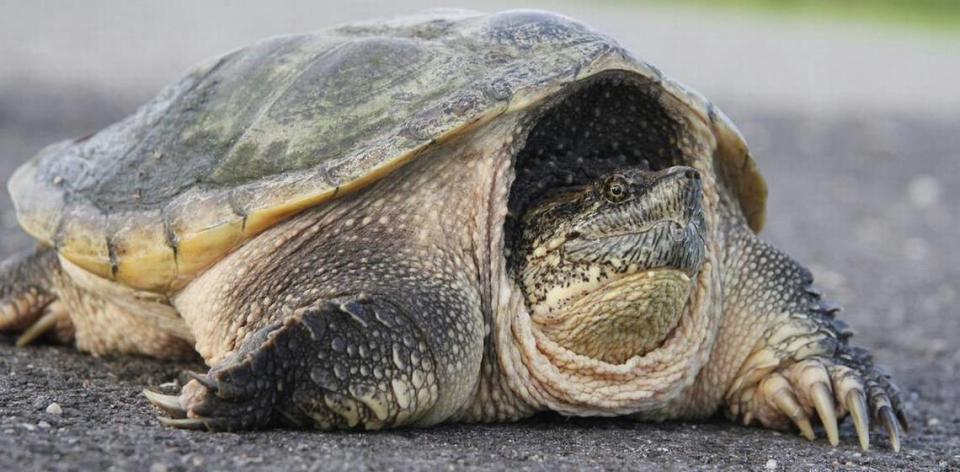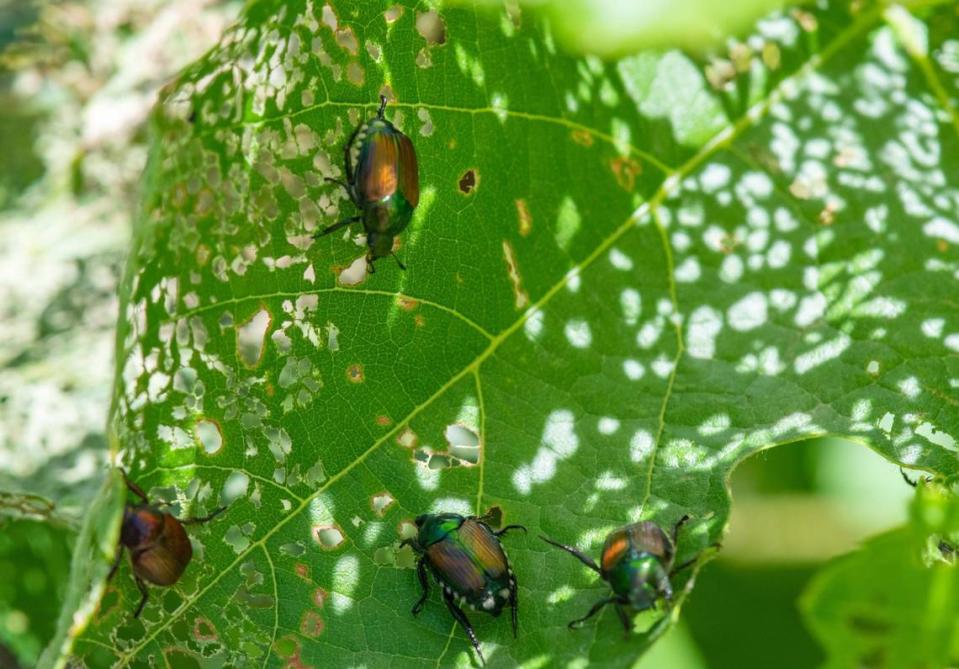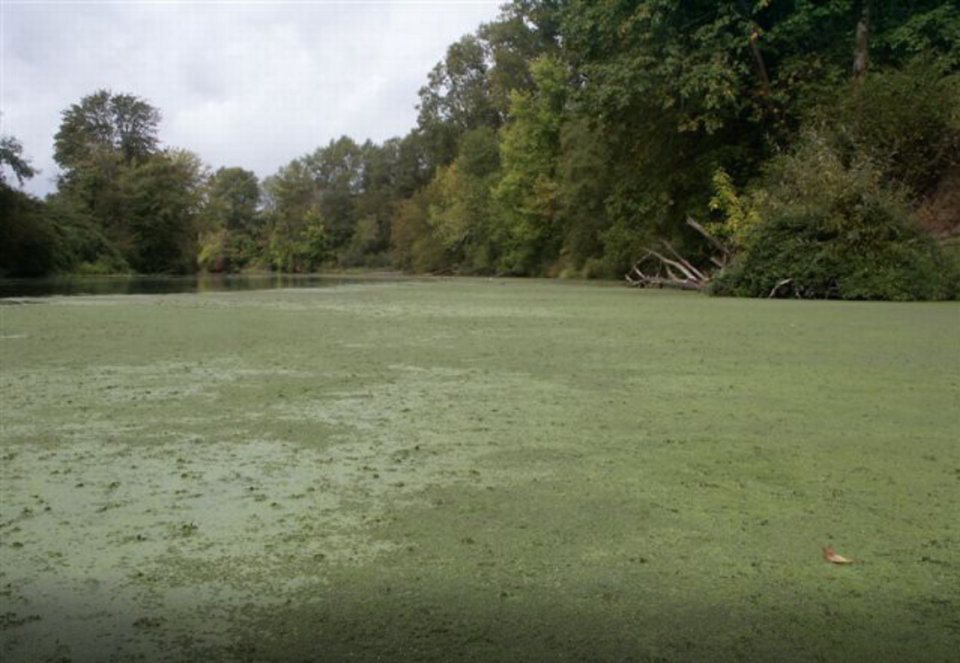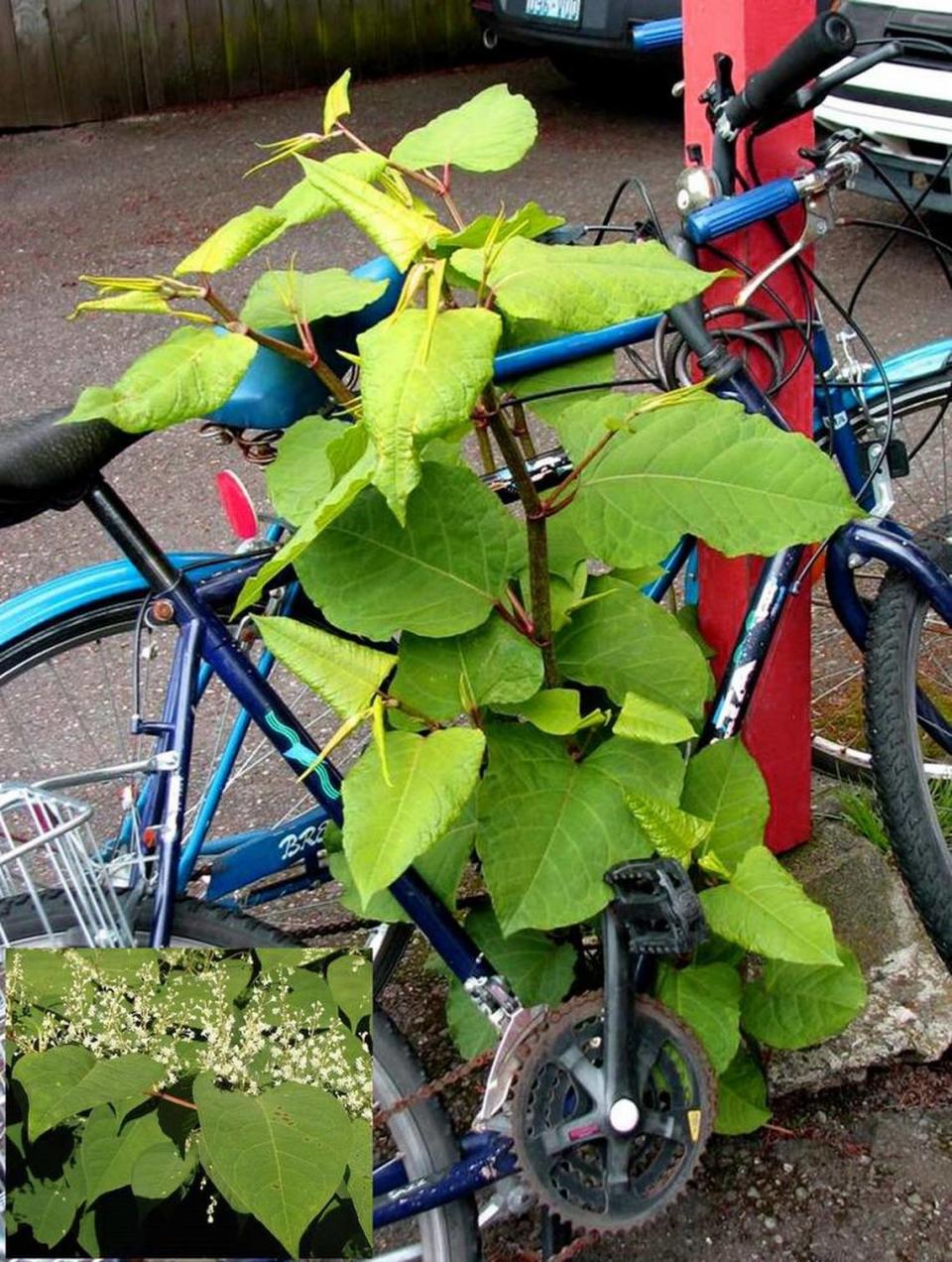Invasive species are causing havoc in Idaho. These 4 lead the way — one can bite toes off
For the average person, the image of light-blue bachelor button flowers dotting the foothills or a small American bullfrog near the water’s edge doesn’t strike fear into their hearts. It’s just another pretty plant or cute animal that makes up Idaho’s flora and fauna.
However, they are actually some of many types of plants and animals that concern state ecologists. They are invasive species, which the U.S. Fish and Wildlife Service describes as organisms, both animals and plants, that can not only thrive in new habitats but disrupt and cause harm to human health and the surrounding environment.
Idaho has no shortage of invasive species, from those mentioned above to the Eurasian watermilfoil and red-eared sliders.
But which invasive species are most harmful to Idaho?
Invasive species on the rise in Idaho
Idaho Invasive Species, a program run by the Idaho Parks and Recreation Department, sees these invasive species as some of the most troubling in the Gem State. Unless otherwise noted, all information comes from the Idaho Invasive Species program.

The snapping turtle is native to the central and eastern United States, as well as parts of Central and South America. It’s thought that the turtle’s introduction to new habitats, such as in Idaho, has primarily occurred through the exotic pet trade.
Snapping turtles are primarily found in freshwater ecosystems, such as marshes, ponds, lakes and rivers. They’ve been observed in five Idaho counties, according to Idaho Fish and Game, including Ada and Canyon counties.
The biggest problem snapping turtles pose — outside of dangers to human fingers and toes — is that they have a diverse food range, essentially becoming a strong competitor to native species in the area. Their ability to live up to 40 years or more also poses long-term issues for native populations.

Idaho’s first Japanese beetle infestation was recorded in Boise in 2012 when beetle traps caught 56 beetles. A year later, that number jumped up to 3,058. They were first discovered in 1916 in a New Jersey nursery and have since spread across the United States.
Anywhere there is grass, flowers or other foliage to eat, there’s a chance a Japanese beetle is present. The tiny insects feed on grass roots — like those found on golf courses, in parks and under home lawns — and over 300 different kinds of flowers and fruits.
A Japanese Beetle infestation can easily be spotted by the distinct pattern they leave on leaves they’ve feasted on — they eat the soft tissue between major veins, creating a pockmarked leaf skeleton.

As its name suggests, the Brazilian elodea is a submerged aquatic plant that originates from South America. In the United States, the plant was initially used as decoration for aquariums, but at some point was released in waterways and began to thrive.
The Brazilian elodea can form large and dense mats in bodies of water to the point where it completely changes the ecology of an area by out-competing native plants and depleting an area of the necessary oxygen for other plant species to survive.
The plant is also easily broken down and can spread through waterways before latching onto a firm base and proliferating. It’s not just a nuisance to other plants — dense pockets of Brazilian elodea can inhabit recreational swimming and fishing areas, and even clog and damage boating equipment.
Brazilian elodea can be spotted from the surface of the water by its floating white flowers with three petals and a yellow center.

Originally native to Southeast Asia, the Japanese knotweed was introduced to America as a garden decoration.
But due to the improper disposal of garden materials, floating along rivers and attaching to cars, the Japanese knotweed has quickly spread and become a nuisance for gardeners and a problem for native plant species.
The plant can grow in a wide range of soils and climates and crowds out other native plants, creating a lack of biodiversity. It can also combine with the Giant knotweed to create the Bohemian knotweed, which can grow up to 8 feet tall.
All three types of knotweed are now found in Ada County, specifically along roadsides, wetlands, pastures and rivers. The Japanese knotweed can be identified by its large leaves with a pointed tip and flat base, drooping branches with white flowers, and hollow stems with reddish-purple spots.

